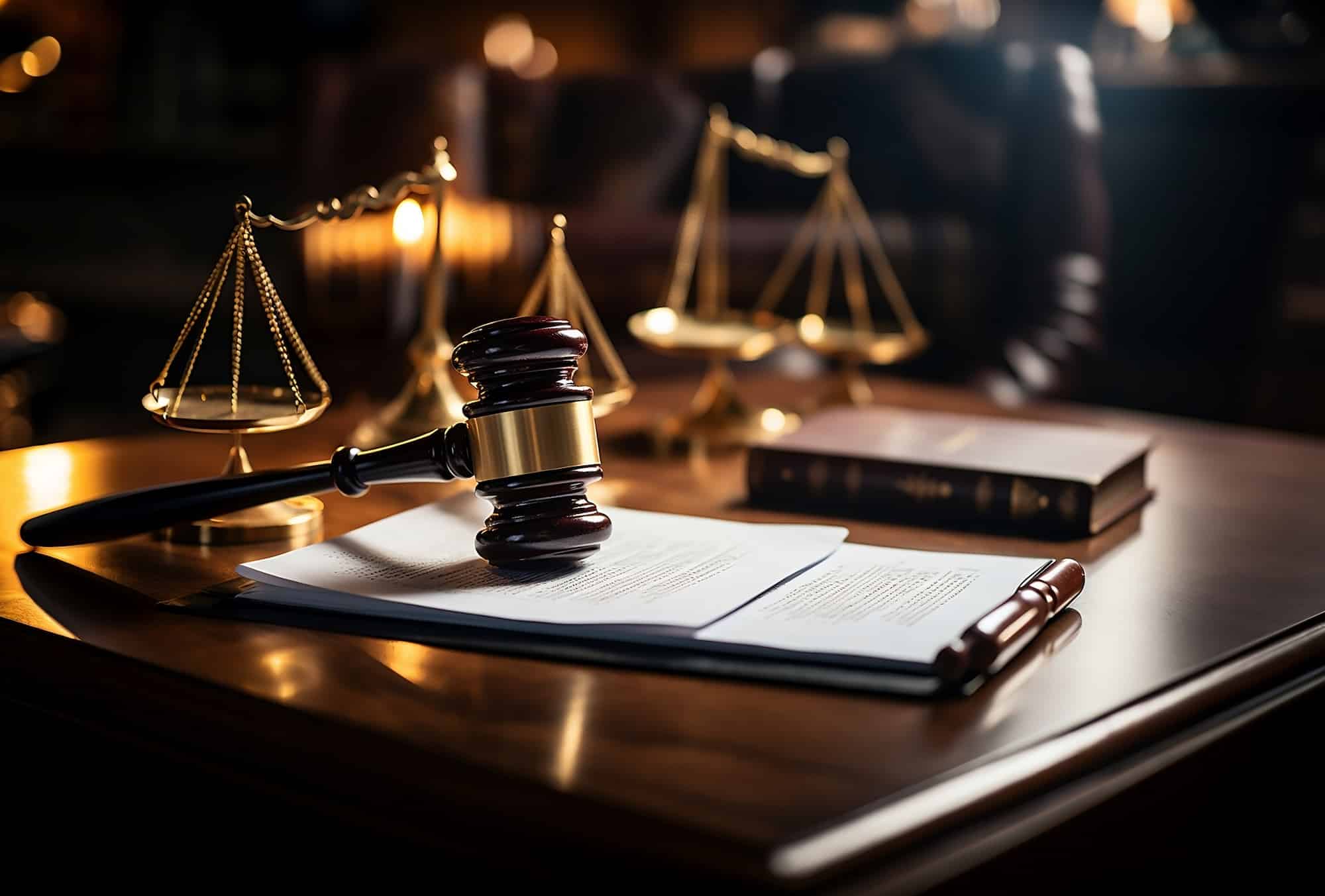Navigating the Intricacies of Trial Presentations: Tips for Seamless Distribution and Engaging Disagreements
In the realm of lawful process, the art of trial discussion stands as a crucial factor of success. As lawyers browse the intricate web of court room characteristics, the ability to effortlessly supply debates and proof while captivating the court's interest becomes vital. The intricacies fundamental in trial discussions require a fragile balance of approach, ability, and finesse. By sharpening strategies that guarantee a polished distribution and crafting engaging arguments that reverberate with the target market, legal experts can significantly improve their campaigning for. In a globe where persuasion reigns supreme, understanding the intricacies of trial discussions is not simply an option but a necessity for those looking for to dominate in the court room.

Understanding Trial Objectives
To efficiently browse a trial, it is essential to have a clear understanding of the purposes that require to be achieved. Prior to tipping into the court, lawful teams have to define their goals and preferred results. These objectives function as leading concepts throughout the trial, forming approaches and influencing decision-making procedures.
Recognizing test purposes entails a detailed evaluation of the situation, legal criteria, and the client's best passions. Trial Presentations. It requires a careful assessment of the facts, recognizing essential issues, and anticipating possible difficulties. By setting quantifiable and certain goals, lawyers can customize their debates and presentations to line up with the desired outcomes
Furthermore, a clear understanding of test goals makes it possible for lawful teams to prioritize proof, witnesses, and lawful disagreements effectively. It permits the growth of a systematic narrative that resonates with the court and court, reinforcing the general case presentation.

Organizing Evidence Effectively
Having a clear understanding of trial goals lays the structure for organizing evidence effectively in legal proceedings - Trial Presentations. By aligning the presentation of evidence with the wanted end results of the trial, lawful teams can enhance their debates and improve their persuasiveness. One essential element of arranging evidence is classification. Grouping evidence based upon themes or significance to details lawful components can assist enhance the presentation and make complicated info extra digestible for the judge or jury.
Another crucial element in organizing evidence efficiently is developing a rational circulation. Presenting evidence in a consecutive and systematic fashion can assist develop an engaging narrative that supports the lawful disagreements being made. In addition, making use of visual help such as graphs, timelines, or charts can further improve the company of proof and aid in clarifying complex partnerships or sequences of occasions.
Furthermore, guaranteeing that all proof provided is acceptable and pertinent to the instance is essential. Unnecessary or inadmissible proof can diminish the toughness of the debate and possibly harm the trustworthiness of the offering party. A precise evaluation and option procedure need to be taken on to consist of only the most impactful and legally audio proof in the trial presentation.
Crafting Persuasive Narratives
Crafting compelling narratives plays an essential role in offering convincing arguments throughout lawful proceedings. A well-crafted narrative has the power to astound the target market, evoke emotions, and inevitably sway the choice for the providing celebration. When building a narrative for a test discussion, it is important to establish a clear storyline that highlights bottom lines and links them in a coherent way. Begin by outlining the realities of the situation in a compelling way, making certain that the sequence of events is very easy to adhere to. Introduce characters successfully, giving background information that aids the Full Article audience understand their activities and motivations. In addition, incorporating brilliant descriptions and engaging language can bring the narrative to life, making it extra unforgettable for the court and court. By weaving together proof, testimony, and lawful disagreements into a cohesive and influential story, attorneys can efficiently support for their clients and boost the chance of a desirable result in the courtroom.
Mastering Visual Help
Reliable use visual help is key to improving the impact and clarity of trial presentations. Visual aids, when made use of purposefully, have the power to streamline complex details, reinforce key points, and leave an enduring perception on the judge and court. To understand visual aids in trial presentations, it is important to guarantee that they are clear, concise, and pertinent to the disagreements being made.
When integrating visual aids, such as graphes, graphs, photographs, or timelines, right into a test presentation, it is necessary to maintain them aesthetically appealing yet expert. The visuals must enhance the spoken arguments, supplying an aesthetic representation of the information being talked about without frustrating the audience with unnecessary details.
Furthermore, exercising with the visual help beforehand is important to make certain a smooth delivery throughout the test. Acquainting oneself with the web content, changes, and timings of each aesthetic help can help preserve the flow of the presentation and avoid technological glitches that might occur.
Supplying Impactful Closing Arguments
A compelling closing disagreement functions as the end result of a trial discussion, encapsulating the core narrative and convincing the court and jury towards a favorable choice. To deliver an impactful closing argument, it is important to succinctly wrap up bottom lines, highlight the strengths of your case, and attend to any kind of weaknesses in a tactical way. Begin by detailing the primary disagreements that support your customer's additional resources position, stressing why the evidence provided throughout the trial sustains your story. It is important to create a feeling of communication and clarity, leading the judge and court in the direction of the preferred conclusion.
Furthermore, including emotional allure can further reinforce your closing disagreement. Eventually, a well-crafted closing argument should leave a lasting impression, engaging the court and jury to rule in your customer's favor.
Verdict
In verdict, grasping test see post presentations includes understanding purposes, arranging evidence, crafting narratives, utilizing visual help, and supplying impactful closing debates. By executing these approaches efficiently, attorneys can provide their situation perfectly and make compelling debates in the courtroom. It is crucial to navigate the complexities of trial presentations with accuracy and ability to achieve success in legal proceedings.
By lining up the presentation of proof with the preferred outcomes of the trial, lawful groups can enhance their debates and boost their persuasiveness (Trial Presentations). To grasp visual aids in test discussions, it is crucial to guarantee that they are clear, succinct, and appropriate to the debates being made
A compelling closing debate offers as the end result of a trial discussion, enveloping the core story and convincing the judge and court towards a beneficial choice. Begin by detailing the major arguments that sustain your customer's placement, highlighting why the proof presented throughout the test sustains your story.In final thought, grasping trial discussions entails comprehending purposes, organizing proof, crafting narratives, using aesthetic aids, and delivering impactful closing disagreements.
Comments on “Grasping the Art of Trial Presentations: Key Techniques for Efficient Legal Arguments”